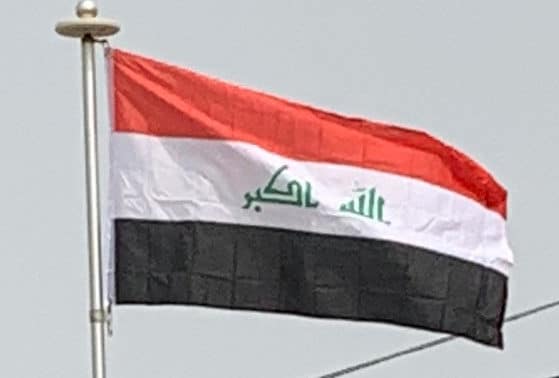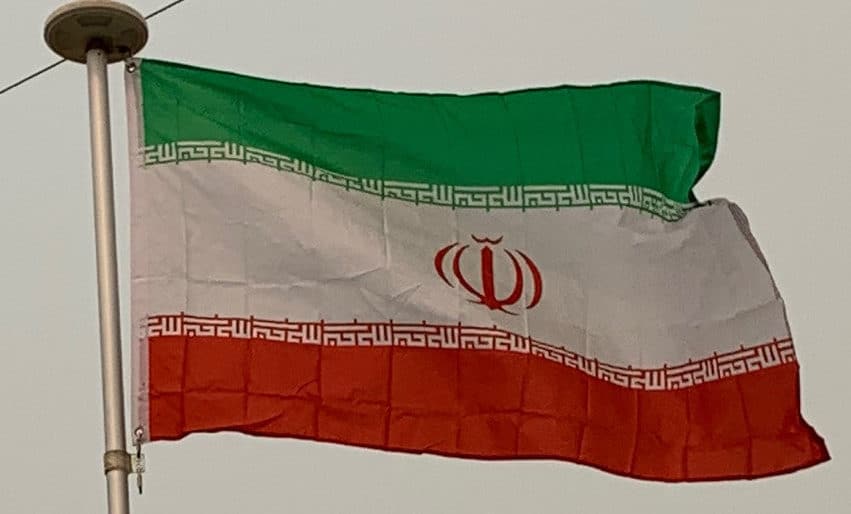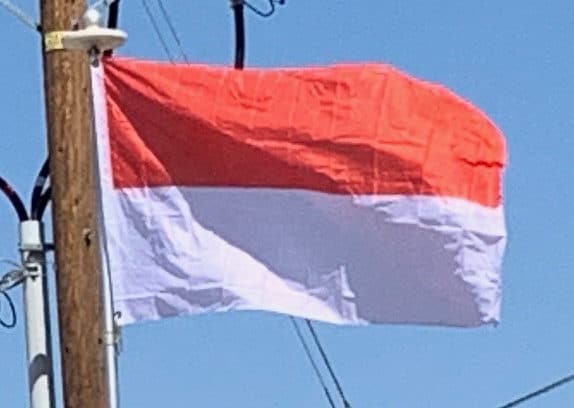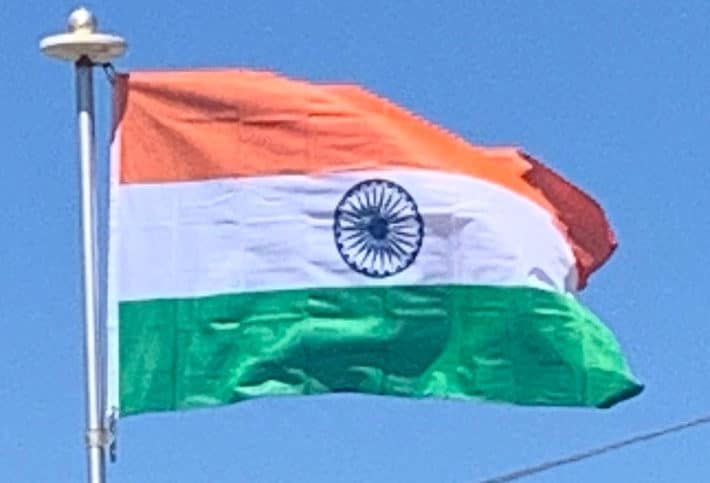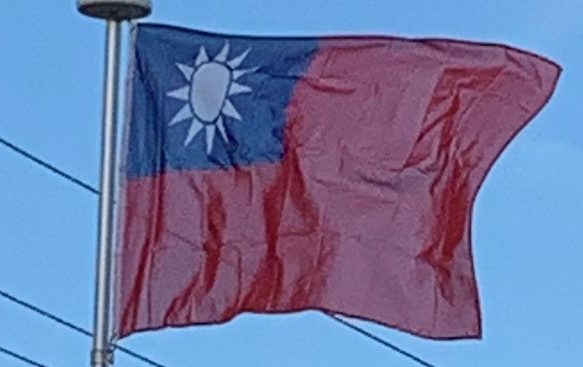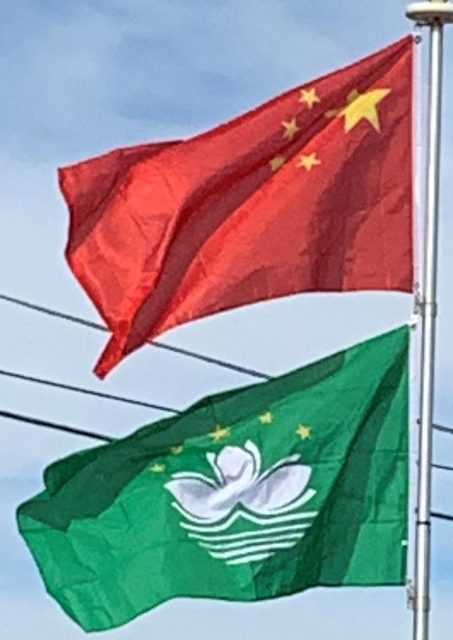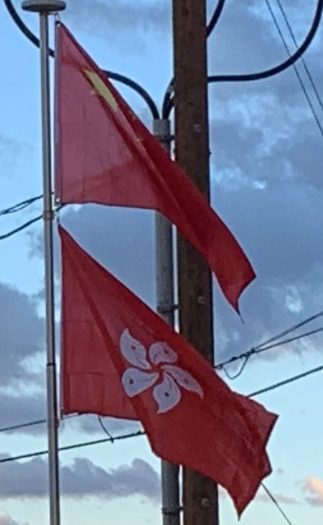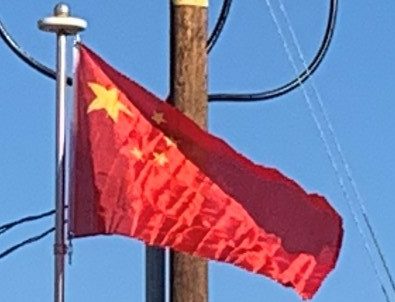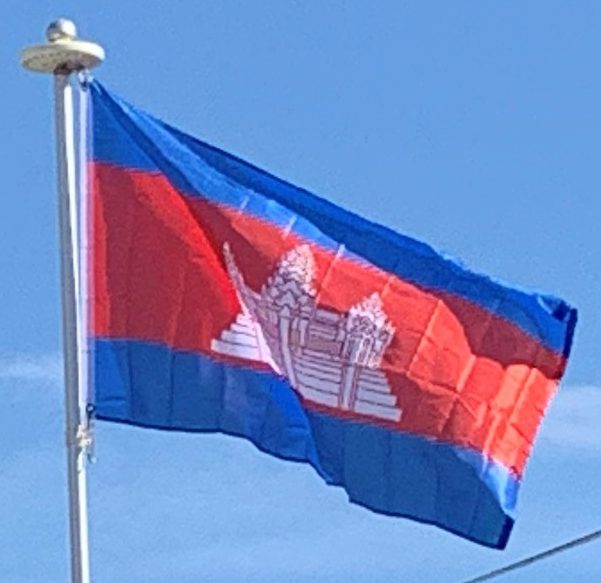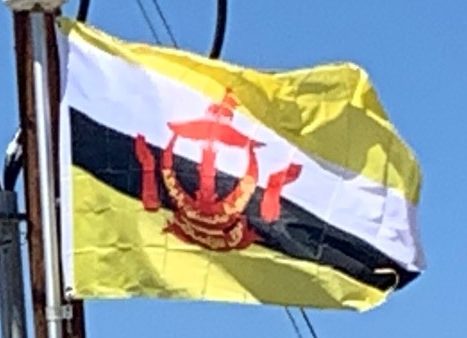The flag of Brunei has a centered crest of Brunei on a yellow field cut by black and white diagonal stripes (parallelograms at an angle). The yellow field represents the sultan of Brunei. The red crest consists of a crescent facing upwards, joined with a parasol, with hands on the sides. Black and white stripes run across the flag.
In Southeast Asia, yellow is traditionally the color of royalty. The crescent symbolizes Islam, the parasol symbolizes monarchy, and the hands at the side symbolize the benevolence of the government. The black and white stripes represent Brunei’s chief ministers who were once joint-regents and then – after the sultan came of age – senior advisors: the Pengiran Bendahara (First Minister, symbolised by a slightly thicker white stripe) and the Pengiran Pemancha (Second Minister, governing foreign affairs, symbolised by black), with the white stripe being roughly 12% wider than the black one.
On the crescent is the national motto in Arabic: “Always render service with God’s guidance.” Below this is a banner inscribed with Brunei Darussalam, which means ‘Brunei, the Abode of Peace.’
The flag in its present form, except for the crest, has been in use since 1906 when Brunei became a British protectorate, following the signing of an agreement between Brunei and Great Britain. Even though Brunei was only nominally independent after this, Bruneians retained certain symbols, like the flag.
The crest was superimposed in 1959 after the promulgation of the Constitution of 29 September 1959.
The design was retained when the country gained full independence on 1 January 1984 as Brunei Darussalam (Brunei, Abode of Peace).
